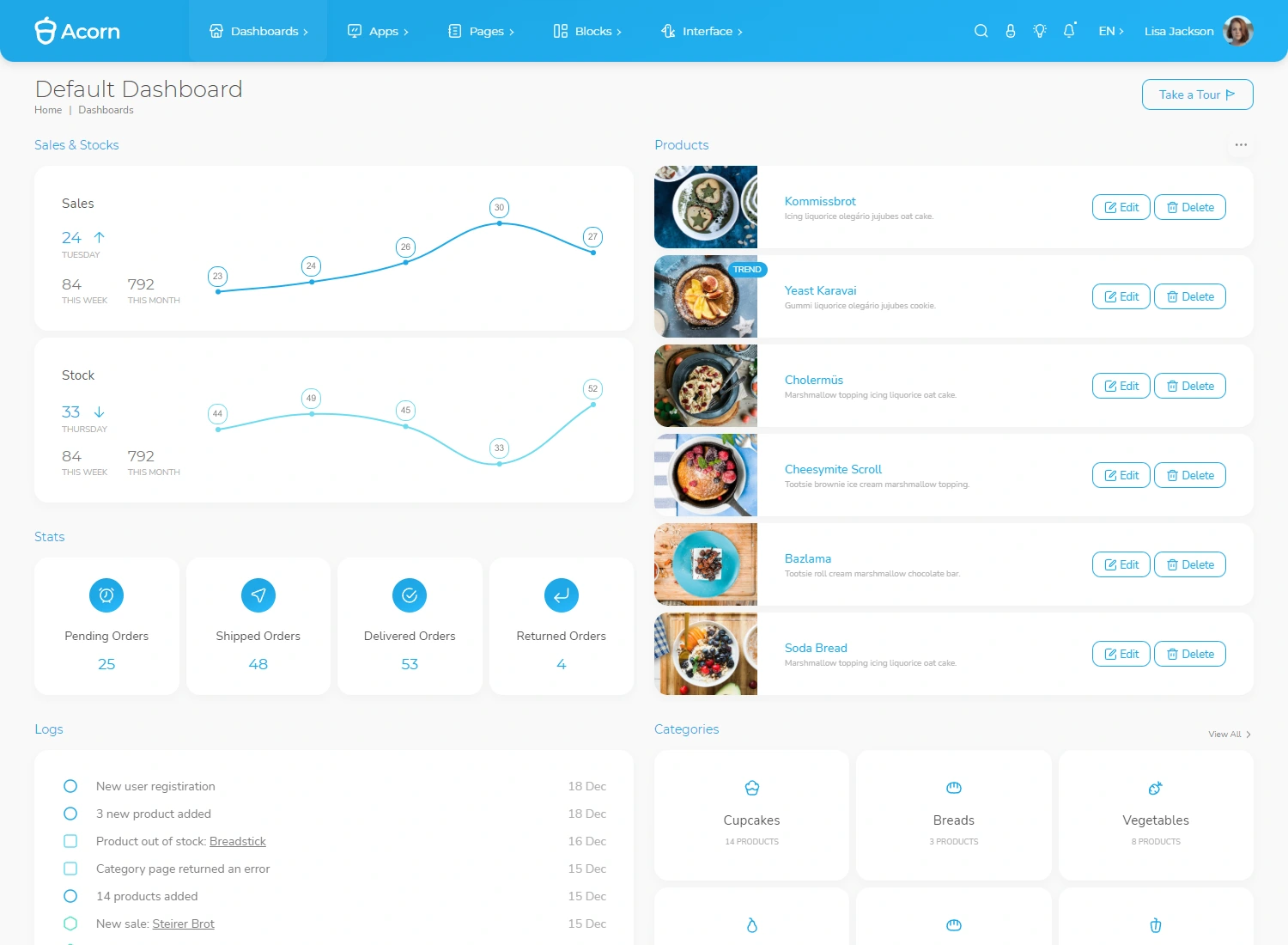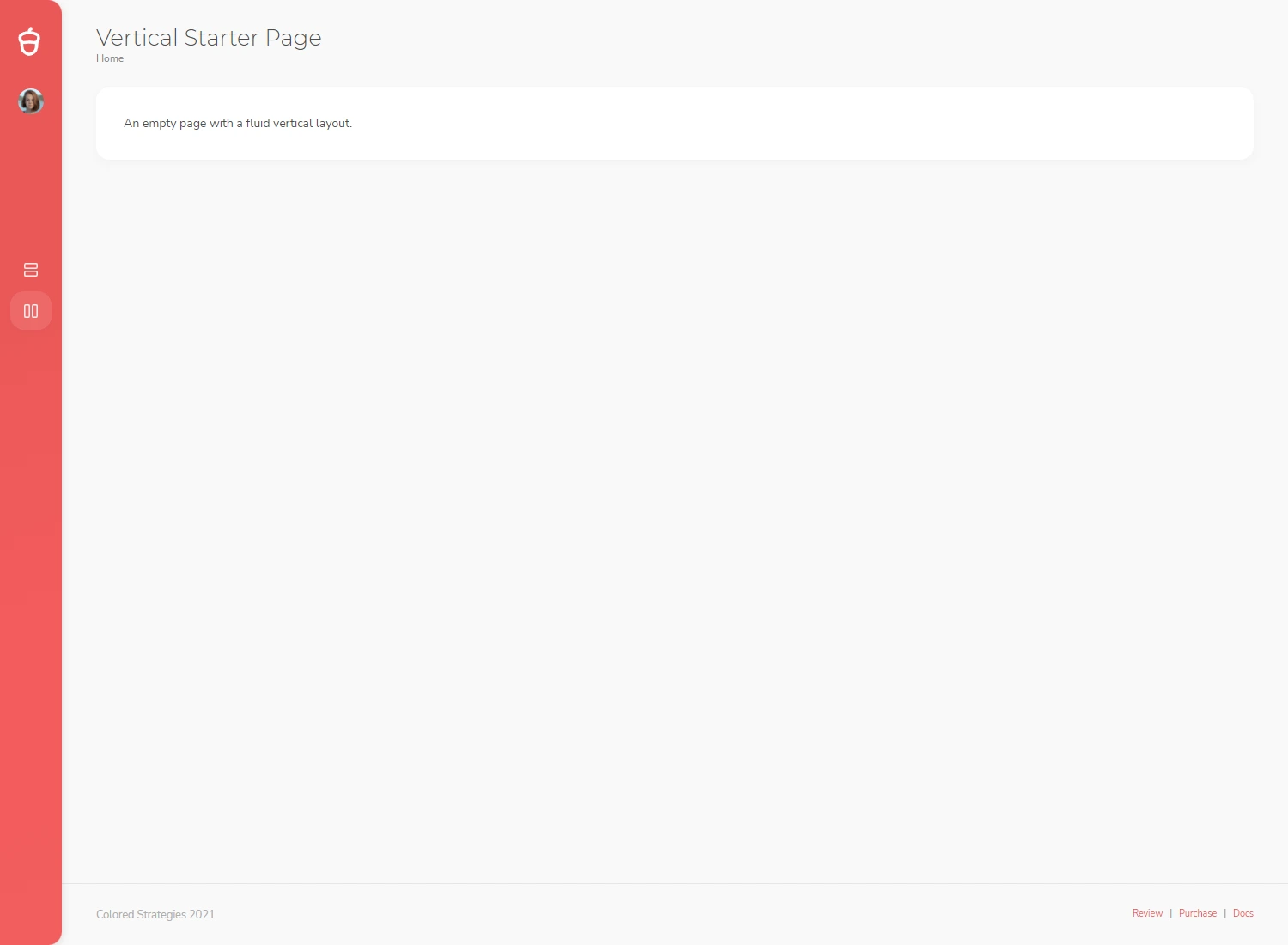What is the Arctic Council?
The Arctic Council is the leading intergovernmental forum promoting cooperation, coordination, and interaction among Arctic States, indigenous communities, and other Arctic inhabitants on common Arctic issues, especially on matters of sustainable development and environmental protection in the Arctic region.
Established:
1996, through the Ottawa Declaration
Headquarters:
Tromsø, Norway
🧊 Members and Structure
Member States (8 Arctic nations):
-
Canada
-
Denmark (including Greenland and the Faroe Islands)
-
Finland
-
Iceland
-
Norway
-
Russia
-
Sweden
-
United States
These countries hold sovereignty over Arctic territory and have voting rights in the Council.
Permanent Participants (6 Indigenous groups):
These represent the interests of Arctic indigenous peoples and play a key advisory role:
-
Arctic Athabaskan Council (AAC)
-
Aleut International Association (AIA)
-
Gwich’in Council International (GCI)
-
Inuit Circumpolar Council (ICC)
-
Russian Association of Indigenous Peoples of the North (RAIPON)
-
Saami Council
Observers (non-voting participants):
Includes countries (e.g., China, India, Germany, UK, Japan) and intergovernmental and non-governmental organizations.
🌍 Mandate and Areas of Work
The Arctic Council does not deal with military security but focuses on:
-
Environmental protection
-
Climate change adaptation and mitigation
-
Sustainable development
-
Monitoring Arctic ecosystems and biodiversity
-
Shipping and marine safety
-
Emergency preparedness and response
It operates primarily through working groups, such as:
-
AMAP (Arctic Monitoring and Assessment Programme)
-
CAFF (Conservation of Arctic Flora and Fauna)
-
EPPR (Emergency Prevention, Preparedness and Response)
-
PAME (Protection of the Arctic Marine Environment)
-
SDWG (Sustainable Development Working Group)
-
ACAP (Arctic Contaminants Action Program)
❄️ Why the Arctic Matters
-
Climate Change Hotspot: Warming 4 times faster than the global average, affecting sea level rise, permafrost, and global weather patterns.
-
Strategic Resources: Holds 13% of the world’s undiscovered oil, 30% of natural gas, and crucial minerals (rare earths, zinc, nickel).
-
New Shipping Routes: Melting ice is opening navigable passages like the Northern Sea Route, reducing travel time between Europe and Asia.
-
Geopolitical Importance: Rivalries over resources, transit, and influence are increasing interest among non-Arctic nations like China and India.
⚠️ Recent Conflicts and Challenges
1. Russia-Ukraine Conflict (2022–present):
-
Following Russia’s invasion of Ukraine, the seven Western Arctic Council members (excluding Russia) suspended cooperation with Russia.
-
Russia held the chairmanship (2021–2023), but the Council’s activities were largely paused during this time.
-
This marked the first major political disruption in an otherwise consensus-driven forum.
2. Shift in Chairmanship to Norway (2023):
-
Norway assumed the chair in May 2023 and has aimed to revive Council work while maintaining communication channels.
-
Western countries continue to limit formal cooperation with Russia, particularly on joint projects and meetings.
3. Militarization and Strategic Posturing:
-
Although the Arctic Council doesn’t deal with military matters, the increased NATO activity, Russian military buildup, and Chinese interest in Arctic infrastructure signal growing strategic competition in the region.
4. Inclusion of Non-Arctic States:
-
The role of Observer States like China and India is growing, especially in scientific cooperation and polar research.
-
However, concerns remain about China’s strategic intentions, given its 2018 Arctic Policy describing China as a “Near-Arctic State”.
🇮🇳 India and the Arctic Council
-
India gained Observer status in 2013.
-
India’s Arctic policy (launched in 2022) aims to:
-
Advance scientific research (glaciology, climate science)
-
Promote sustainable resource use
-
Foster international cooperation
-
-
India has an Arctic research station, Himadri, in Ny-Ålesund, Svalbard (Norway).
📜 Conventions Related to the Arctic and Weapons Control
While the Arctic Council does not cover military or security issues, the region is influenced by:
-
UNCLOS (United Nations Convention on the Law of the Sea) – Governs maritime rights and territorial claims in the Arctic.
-
Svalbard Treaty (1920) – Regulates demilitarization and economic access in Svalbard.
-
No exclusive “Arctic Treaty” exists akin to the Antarctic Treaty, making cooperation within the Council essential for peaceful engagement.
🇮🇳 India’s Arctic Engagement: Legal Framework
India's engagement is driven by:
-
Arctic Policy 2022: Focus on climate research, environmental protection, international governance, and strategic interest.
-
India contributes through scientific studies, especially on climate systems linking the Arctic and Indian monsoon.
📌 In Summary
| Feature | Details |
|---|---|
| Founded | 1996 (Ottawa Declaration) |
| Members | 8 Arctic states + 6 Permanent Participants (Indigenous groups) |
| Focus Areas | Environment, sustainability, climate change, research |
| Not Focused On | Military/security issues |
| Recent Conflict | Russia-Ukraine war led to suspension of cooperation with Russia |
| India’s Role | Observer since 2013, with active polar research and an Arctic policy |
| Global Importance | Energy resources, new shipping routes, climate regulation |






